Evolution of Digital Ministry
 I was reading an article on the evolution of digital ministry and it gave a good explanation of where the church had been and where it was today. I spoke about this just last week at the Pastors and Leadership Conference in Orlando Florida. I explained to people that my job within the ministry was to make sure the ministry was able to utilize the most current technology that is available today as well as forecast where technology was going and make sure the ministry would be able to utilize that as well. As I read about where digital ministry had been, I started to see a more clear picture of how it got to where it is today and where it is going. Here is a recap:
In 2000…Websites
An increasing number of churches recognized the value of a church website. It was a digital land rush where most sites served as a digital billboard or brochures highlighting the church’s ministries. Unfortunately, this approach offered little value past the first visit. The website was a one way communication where churches broadcasted information to online users such as service time, location and church information.
I was reading an article on the evolution of digital ministry and it gave a good explanation of where the church had been and where it was today. I spoke about this just last week at the Pastors and Leadership Conference in Orlando Florida. I explained to people that my job within the ministry was to make sure the ministry was able to utilize the most current technology that is available today as well as forecast where technology was going and make sure the ministry would be able to utilize that as well. As I read about where digital ministry had been, I started to see a more clear picture of how it got to where it is today and where it is going. Here is a recap:
In 2000…Websites
An increasing number of churches recognized the value of a church website. It was a digital land rush where most sites served as a digital billboard or brochures highlighting the church’s ministries. Unfortunately, this approach offered little value past the first visit. The website was a one way communication where churches broadcasted information to online users such as service time, location and church information.
In 2003…Multimedia As bandwidth access grew in homes, more churches saw the potential to distribute sermons and other media to a much broader audience than their brick and mortar congregations. Thus they started having archived multimedia on their website (audio and video) and using flash on their websites.
In 2006…Ecommerce Content management systems rose to popularity as churches took control of maintaining their own content through blogs, event calendars, and other features. Church websites transitioned from being a static brochure to a dynamic magazine. The arrival of e-commerce came with online donations and online stores.
In 2009…Social Media Many churches start implementing streaming sermons, social media (Twitter and Facebook), and some offer a church online experience (internet campus v1) complete with worship, sermons, instant chat, and online prayer.
In 2012…Mobile (and more social media) Due to smart phones, mobile web browsing is surging, but most church sites are clunky to navigate in a mobile browser. Church apps and mobile sites are becoming more interactive and facilitating a way to interact and communicate with the ministry. Social media integration is growing with a focus on social streams and social sharing of church content.
In 2015…Internet Campus/Internet TV/The Cloud With 4G and eventually 5G internet access the cloud will become a larger player in bringing technical costs down in online ministry. Online software such as Google Apps and Dropbox will be integrated into ministry technical solutions and work will not be limited to onsite at an office but be anywhere via a tablet or other mobile device. Sharing everything via social media will become more common with options such as seamless sharing via the social graph and facebook. Online Interactive Internet Campuses will become more common and triple in numbers. Church attendance will increase 50% but not in actual pew numbers, but due to online members who support churches from their computers and mobile devices. Internet TV will become more common with internet enabled televisions and internet tv devices becoming more powerful and common.
This evolution of digital ministry is the basis for The iChurch Method, as you can see each year highlighted above has a topic that was prevalent at the time next to it and these correspond to the chapters in the iChurch Method book, Websites, Multimedia, Ecommerce, Social Media and Mobile. This is the order we believe that your church online strategy should take. And of course the 2015 hot topics are what the next edition of the iChurch Method will focus on...stay tuned.

